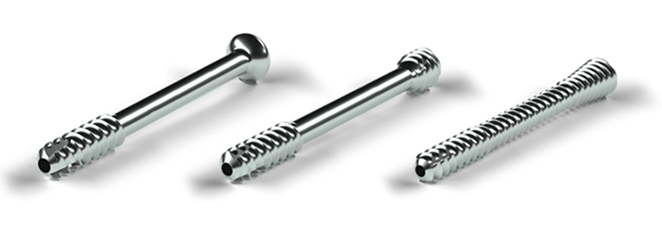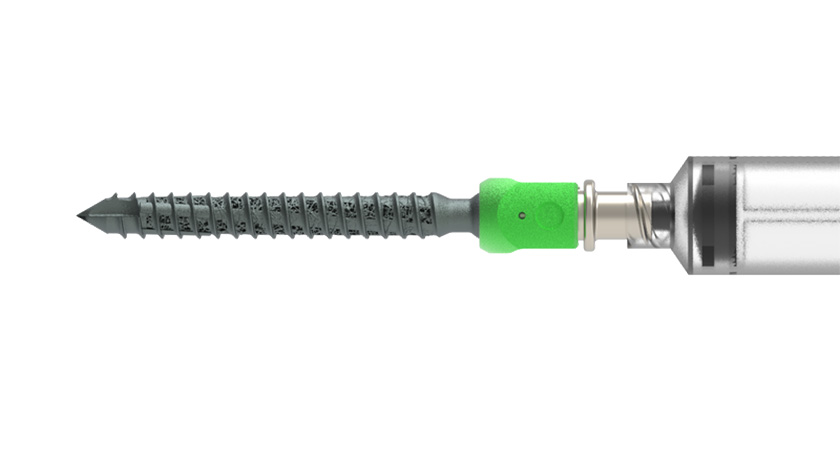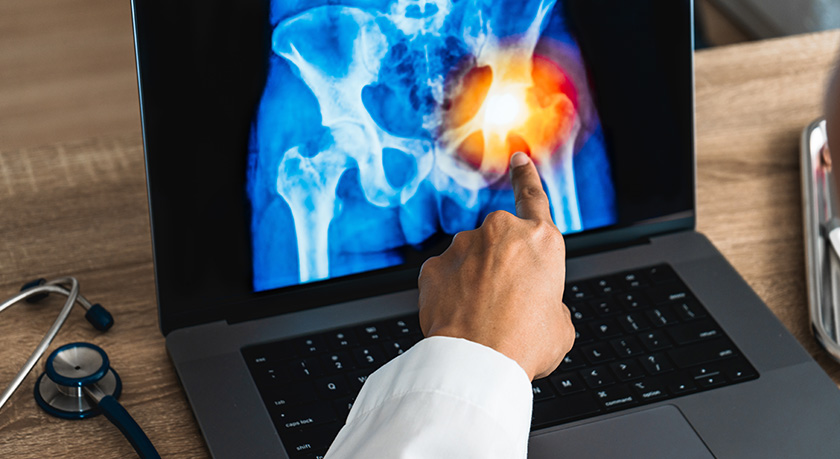
To create its proprietary bioresorbable implant technology, the Finnish orthopedic device company Bioretec looked inside the body rather than at what comparable companies were doing. Bioretec’s roots date to the 1970s, when Professor Pertti Törmälä began researching bioabsorbable orthopedic medical device technologies at the Tampere University of Technology. Today, the company has developed a suite of orthopedic products, including the RemeOs™ Screw, a bioabsorbable metal implant currently undergoing clinical trials.
“RemeOs is a resorbable metal based only on magnesium, calcium and zinc, which all exist naturally in the human body and are essential for new bone growth,” said Kimmo Lähteenkorva, Bioretec’s Chief Technology Officer. “This makes the RemeOs material safe and extremely biocompatible.”
Unlike conventional orthopedic implant screws, RemeOs does not contain rare-earth elements that are foreign to the human body, such as yttrium, gadolinium or neodymium. Instead, the screws are composed of essential metals that naturally occur within the human body. Noting the potential of the technology, FDA recently granted the RemeOs Screw a Breakthrough Device Designation, a decision that prioritizes the official review of novel devices and offers the company’s greater interaction with the agency.
In describing how the technology worked, Lähteenkorva said that RemeOs screws offered surgeons the same experience of working with conventional screws but with impressive benefits for patients and hospitals.
“As RemeOs screws are based on a metallic compound/alloy, they allow similar surgical techniques to be used by surgeons as traditional titanium or stainless steel products, but with the difference that they completely resorb inside the bone,” he said. “Therefore, they eliminate the need for secondary removal operations, saving both the patient and the healthcare system significant time and costs. RemeOs products are also bioactive, which means that during resorption, they enhance the natural healing process and new bone formation in the fracture site.”
Lähteenkorva noted the numerous problems associated with conventional orthopedic implant screws, which range from costly removal surgeries to long-term complications for young patients suffering from trauma fractures. He said that the technology could be applied in nearly every surgical context in which conventional metal screws are currently used.

RemeOs Screws are made of magnesium, calcium and zinc and resorb in the body.
“Often implants based on conventional non-resorbing metals have to be removed in additional surgery,” he said. “They might cause some biocompatibility-related long-term tissue reactions, disturb or even halt bone growth in pediatric patients, or cause plain discomfort to the patients. On the other hand, existing bioabsorbable polymer implants are currently not suitable for biomechanically demanding applications.”
The RemeOs Screws resorb in two to three years depending on the size.
With results that Lähteenkorva called “outstanding,” RemeOs screws were recently tested in a clinical trial to repair medial malleolar fractures. According to Bioretec, as early as 12 weeks post-surgery, all the fractured bones were completely healed, and during the follow-up period of one year. No adverse events or complications have been observed in any of the patients tested, added Lahteenkorva.
PM
Patrick McGuire is a BONEZONE Contributor.




